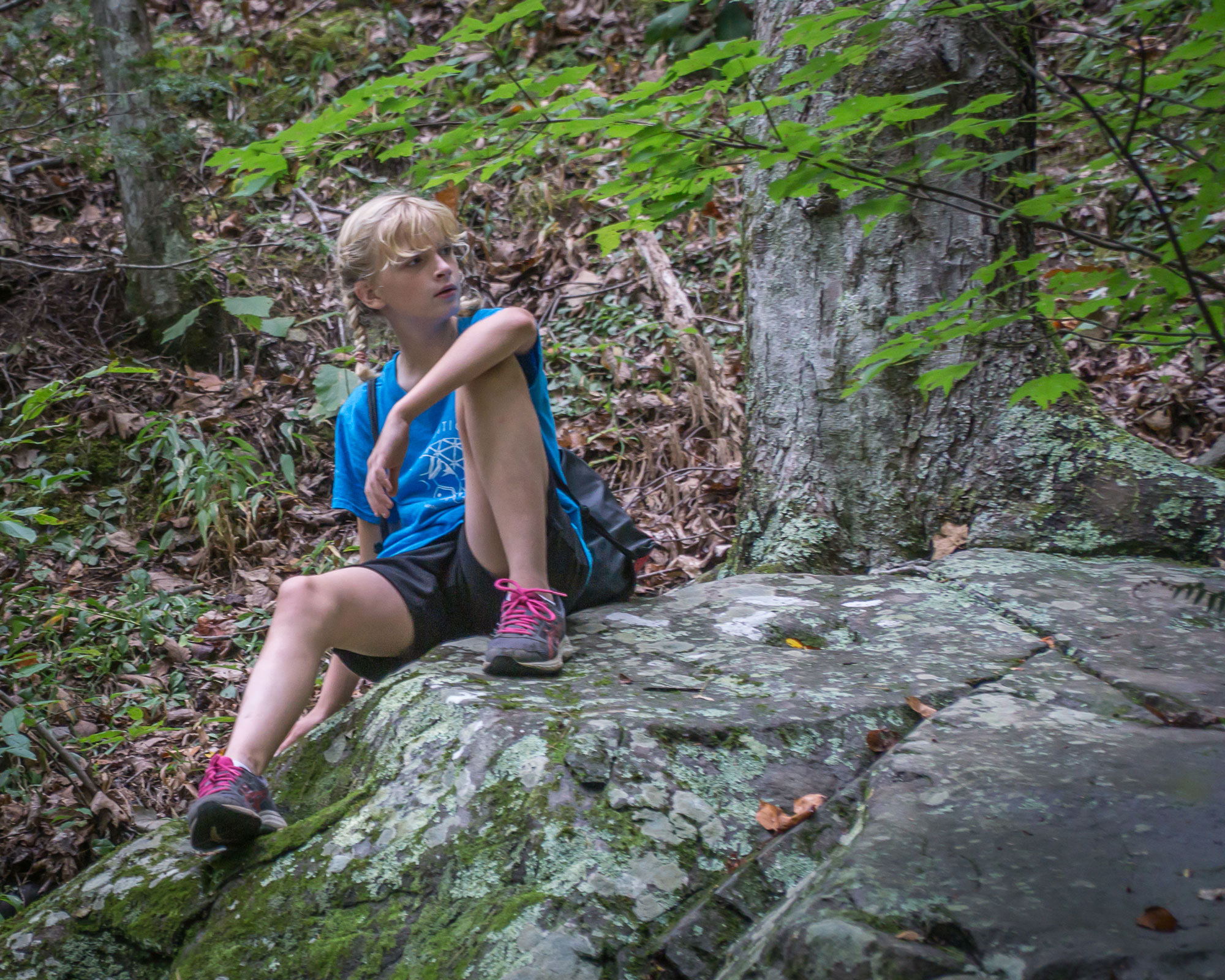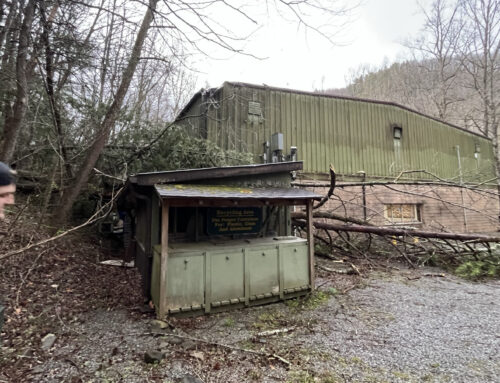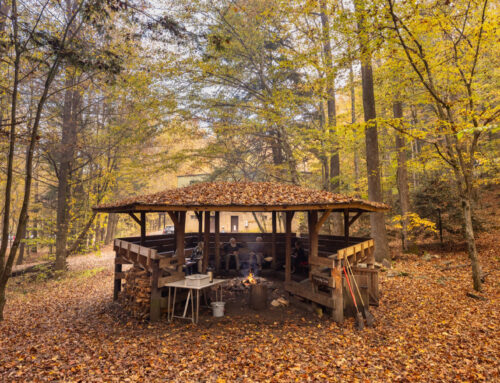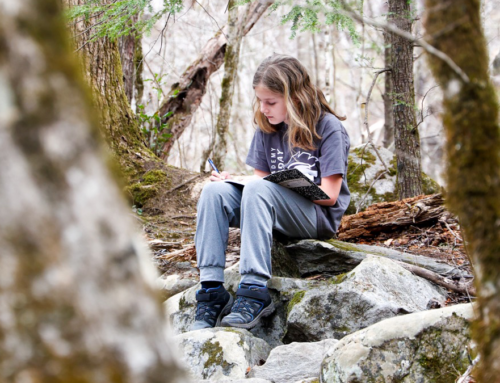In response to a host of developing societal issues, scientists across a wide spectrum of disciplines are studying the human-nature connection and what happens when we spend time in or become disconnected from the natural world. In this Evidence for Experiential Education series, we’re taking a look at research findings and anecdotes from past Tremont participants related to the health, learning and behavioral benefits of experiences rooted in the natural world.
One of the most popular activities that we offer at Tremont is the solo walk. Many of our program participants have the opportunity to walk alone for 1-2 miles on the trails in Great Smoky Mountains National Park. During the walk, participants are spaced out about 2 minutes from one another and are prompted to pay close attention to their surroundings and use as many senses as possible. (For safety, Tremont staff lead the line and follow the group.) For many, the solo walk is the highlight of their Tremont experience, and one of the very few opportunities in life to be alone and quiet, immersed in the natural world.
Our lives, especially our children’s lives, are now driven and consumed by technology. Recent reports have teens spending 9 hours per day on media entertainment, with 8 to 12 year-olds at 6 hours per day, and those figures don’t account for media use during school or homework. The health consequences of excessive screen time and lack of physical movement are well documented, but evidence demonstrating the health benefits of doing the opposite, spending time being active in nature, is just beginning to mount.
In recent years, a correlation has been identified between urban dwellers (an increasing portion of our population) and an increased prevalence of mental illness. Consequentially, many studies have been done recently to understand why this is the case. One theory that is gaining supporting evidence is the lack of time urban dwellers spend in natural settings. Research out of Stanford University has demonstrated that people are happier and more attentive after a 90-minute walk in green spaces. These findings lead to the obvious next question: What internal changes are causing a person’s mental state to improve following exposure to nature?
Further research to answer this question, also from Stanford, is demonstrating that immersion in natural environments (in the case of this study, a park-like setting on Stanford’s campus) results in decreased activity in the part of the brain responsible for our tendency to “brood,” or repetitively focus on our perceived negative aspects of self (a precursor to mental illness). When compared with subjects who went for a walk near a busy highway, subjects who walked in a natural setting were significantly less focused on negative self-perceptions immediately after the walk. Exactly what it is about natural settings that lead to decreased brooding needs further study.
Anecdotally, we know that the solo walk is a pleasant, often revelatory experience for participants. It’s exciting to see evidence beginning to reveal what’s actually happening to us when we’re out there in the woods. The next step, of course, is to prioritize time and access for regular immersion in natural surroundings, especially in urban environments. Imagine a world where we all have time and access to a daily walk with the sights and sounds of nature. You don’t need a national park or grand mountain ranges to make it happen; putting down the phone for an hour, heading out to the backyard or local park, and maybe inviting along a friend or relative (especially a kid!) is all you need to take advantage of nature’s benefits.
At Tremont, we believe everyone deserves access to experiential outdoor education, no matter where they are. That’s why we developed The Schoolyard Network, a free professional development network for educators of all backgrounds. Educators in the Schoolyard Network are invited to free monthly professional development sessions where they can share ideas and encouragement as we explore better teaching and learning by using the environment as an integrating concept. Meetings are virtual and there is no cost to participate – tap into this educator network.






![A Deep Dive Into Wetlands [Free Lesson Plan]](https://gsmit.org/wp-content/uploads/2024/02/madeline-blog-cover-500x383.png)
